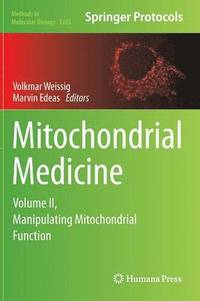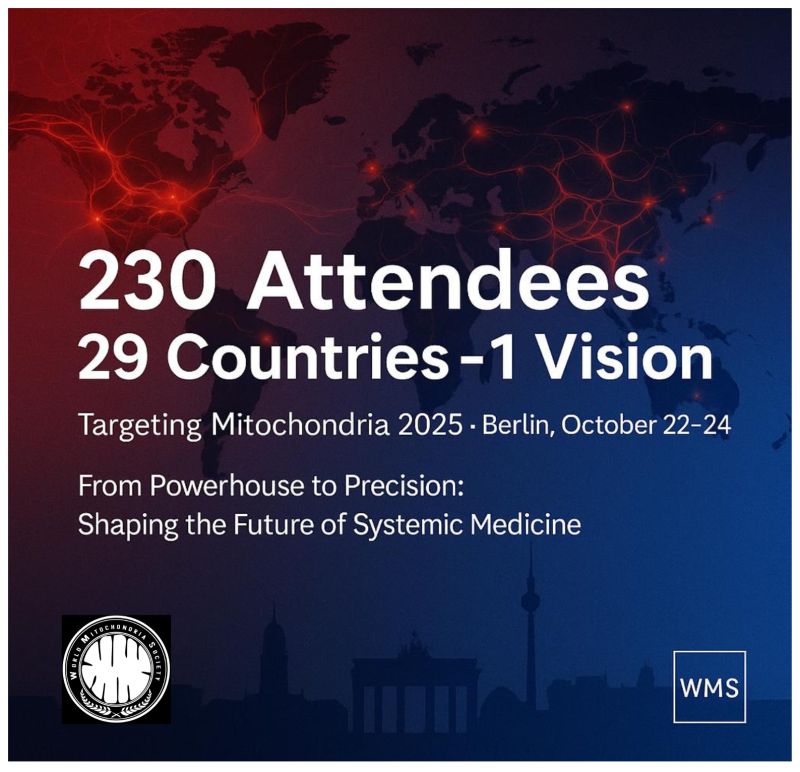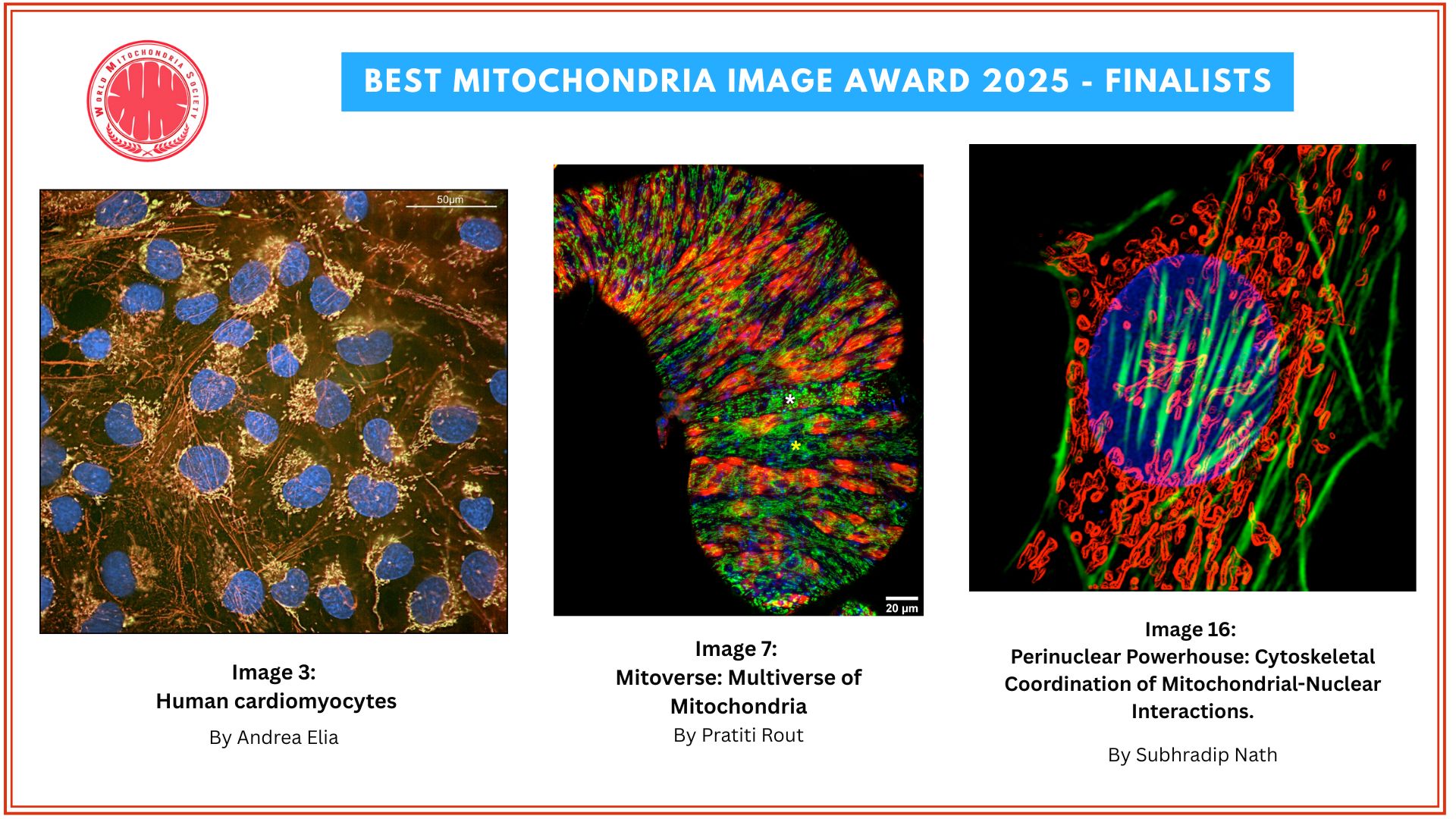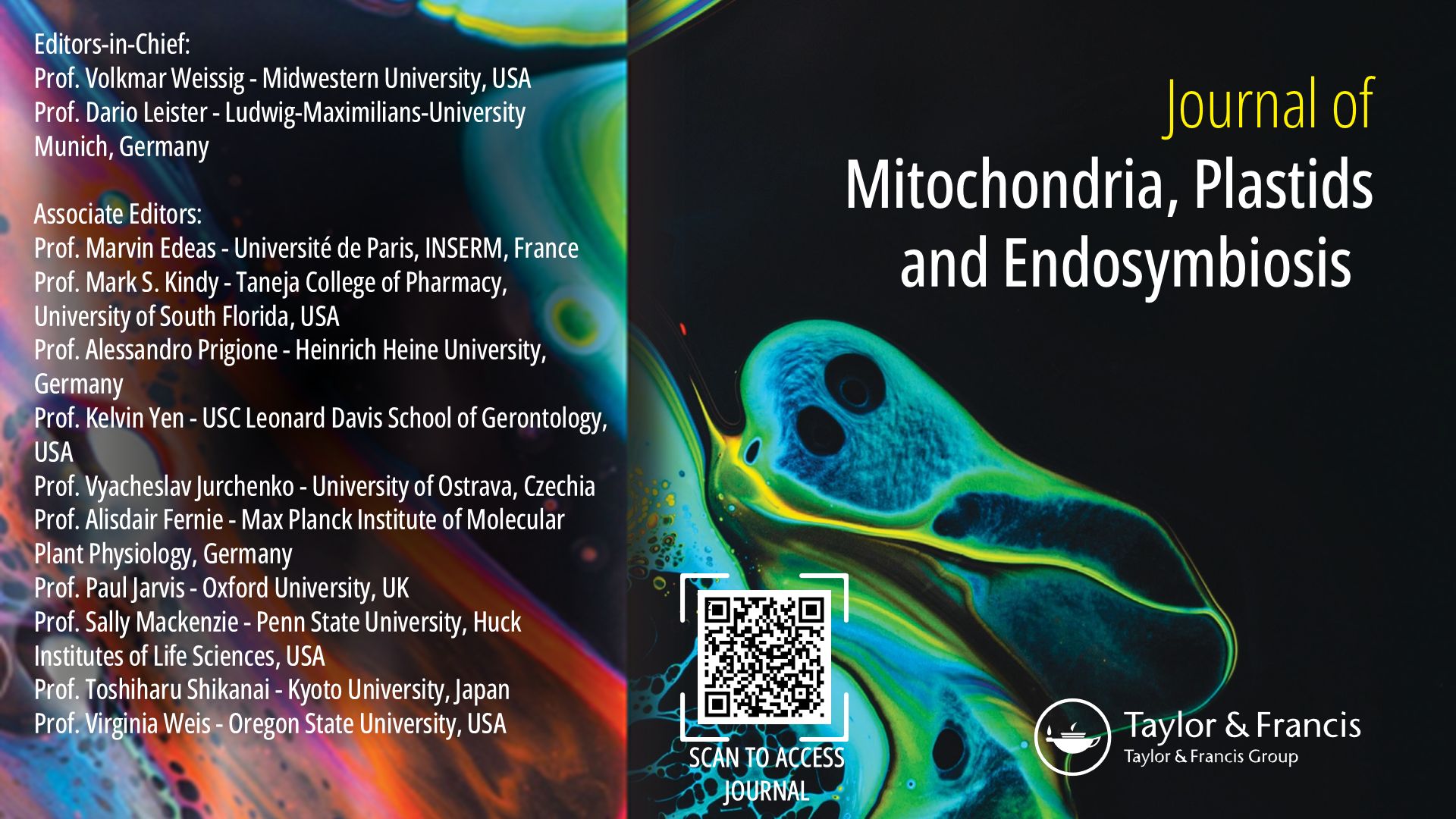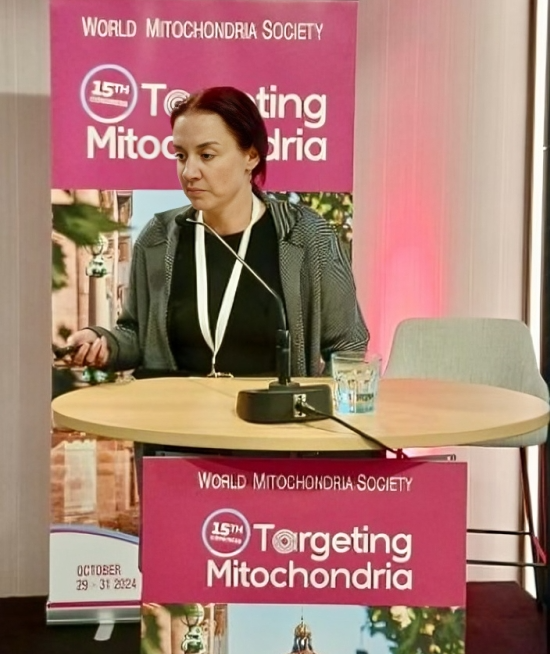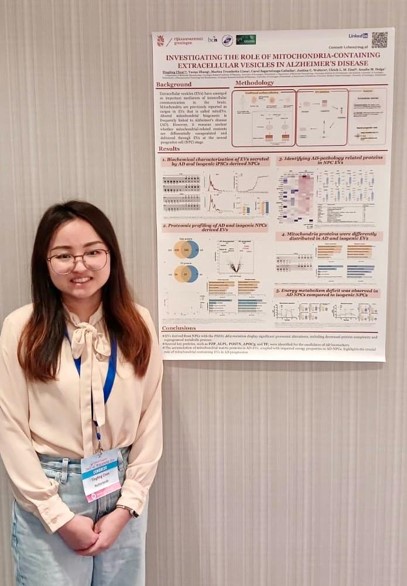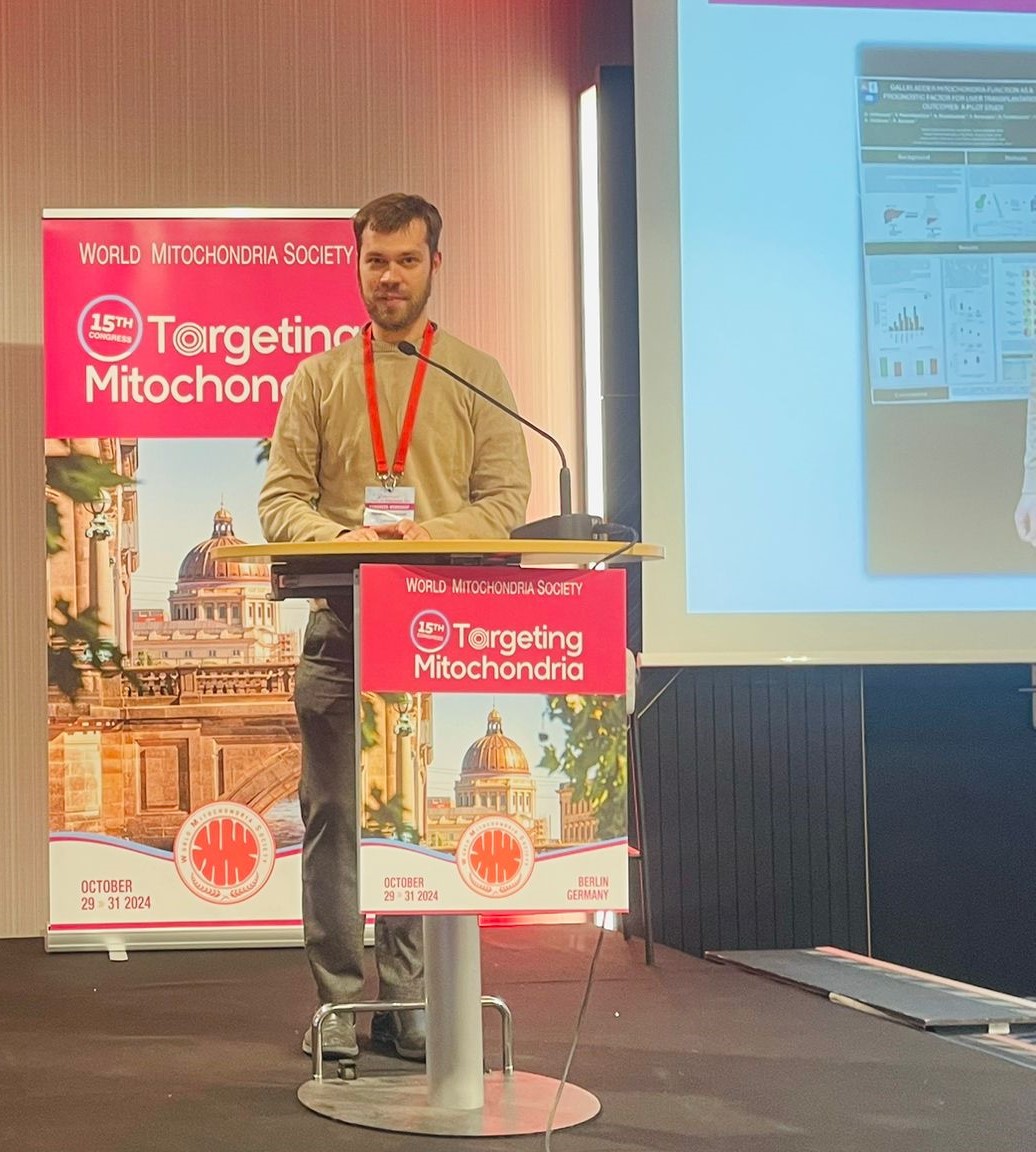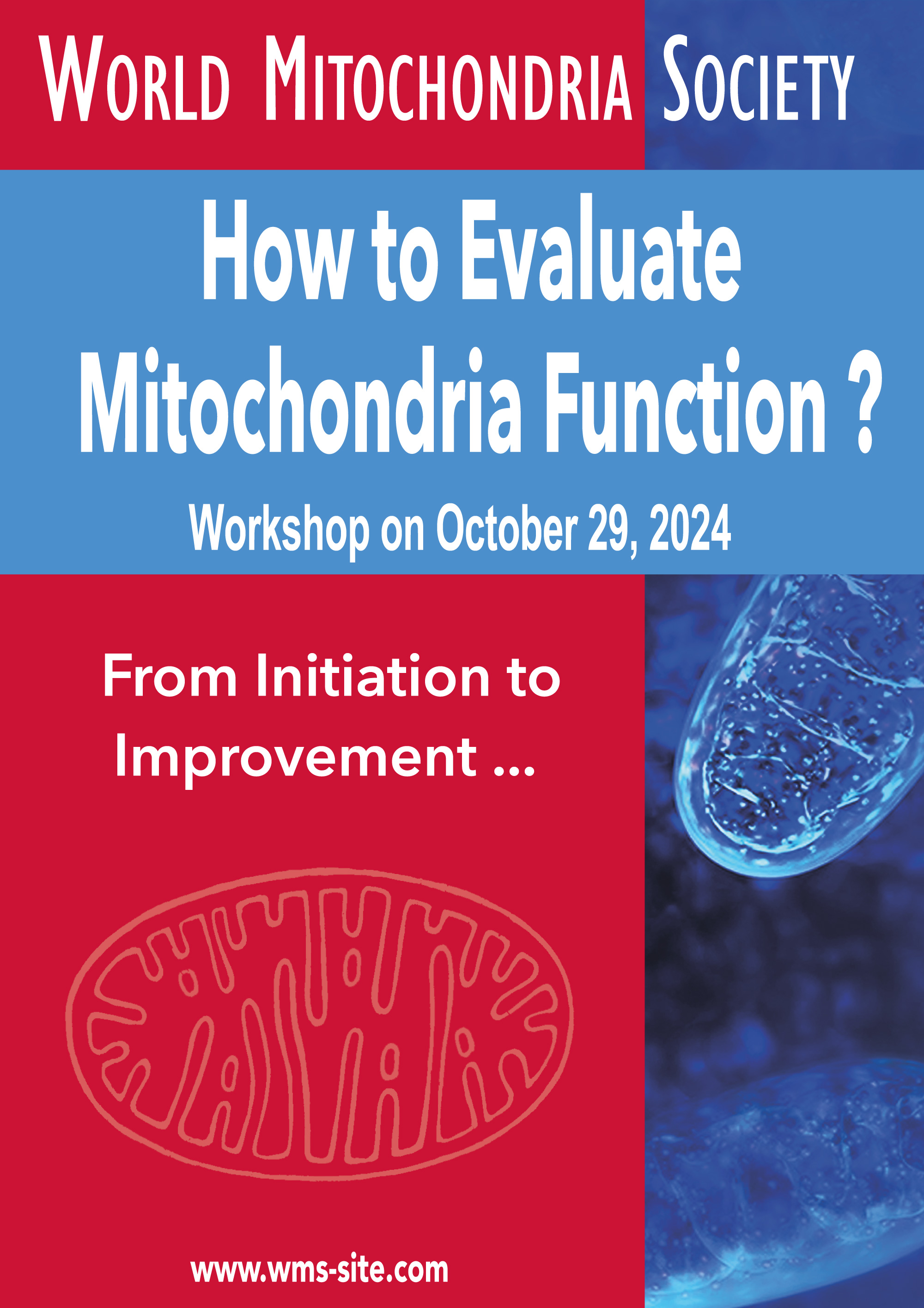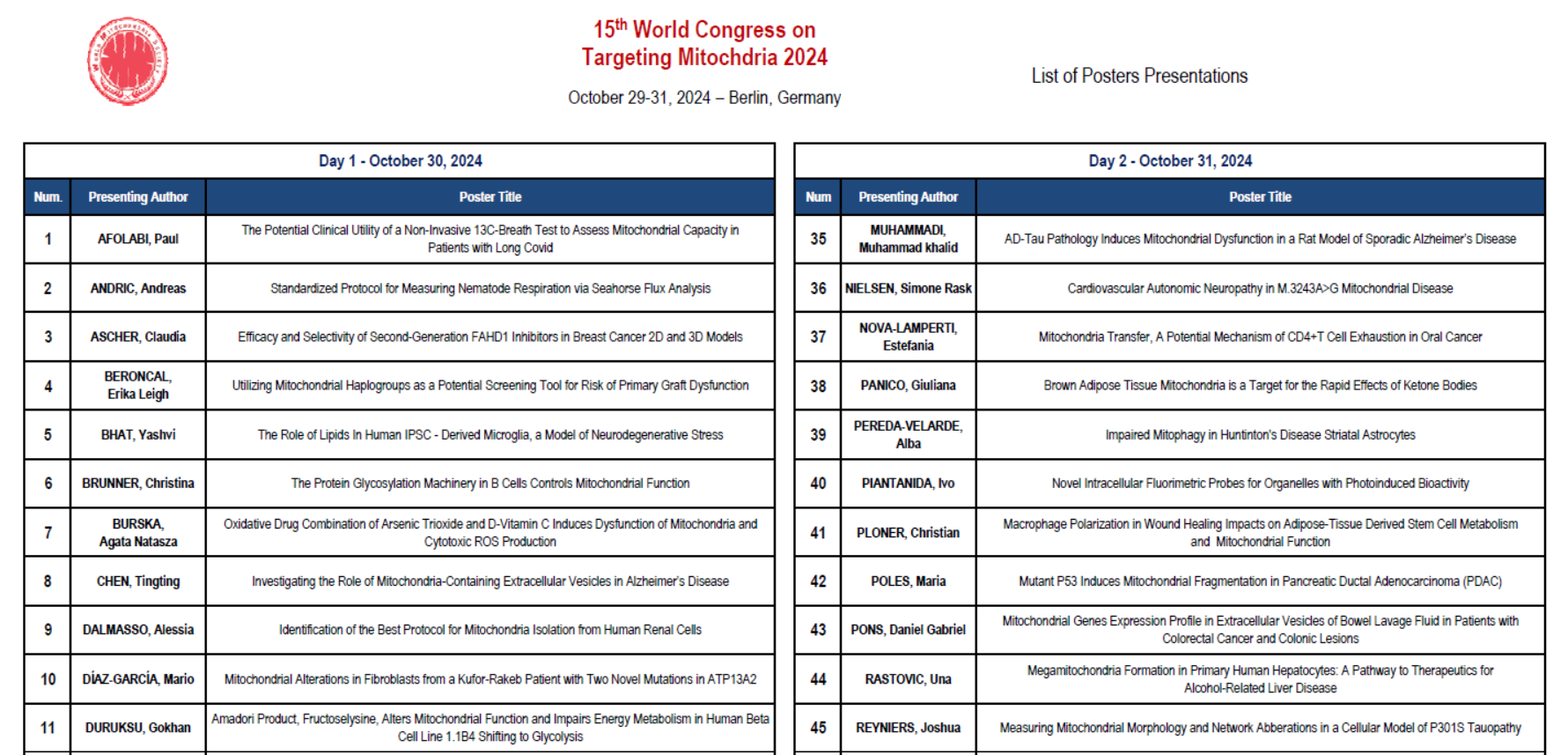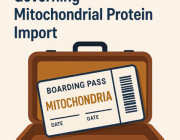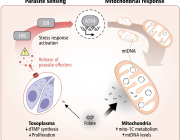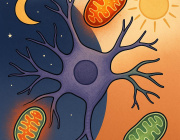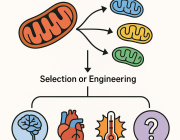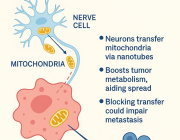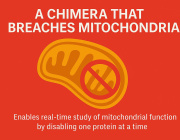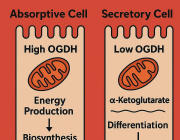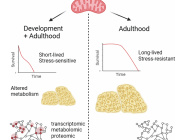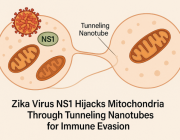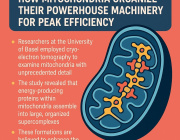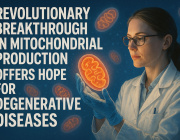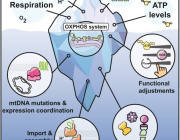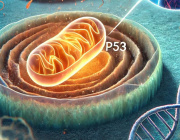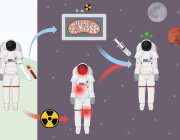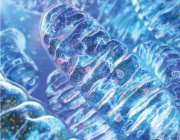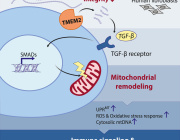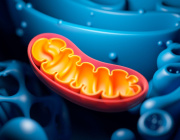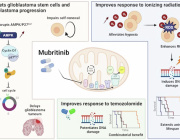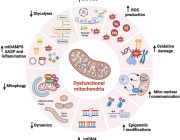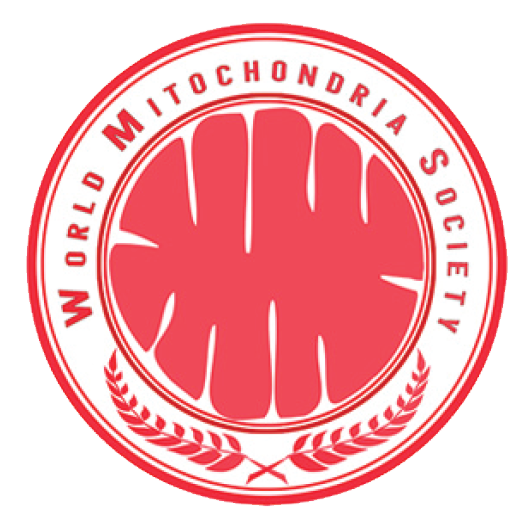The first 3D disease map of mitochondrial protein will be presented by Dr R. Lloyd during Targeting Mitochondria 2013
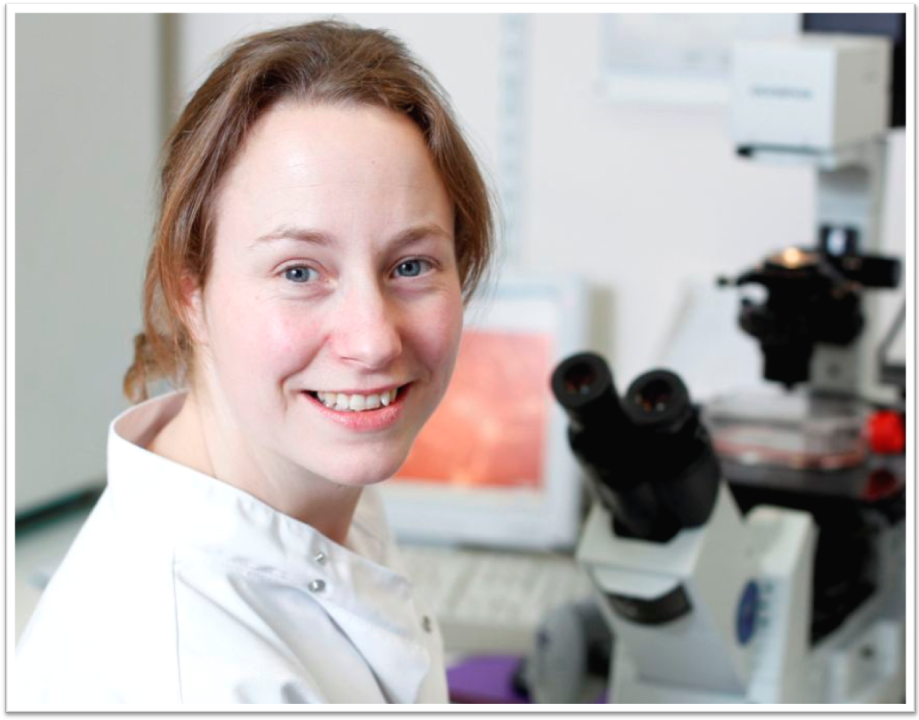
Dr Rhiannon Lloyd from the Institute of Biomedical and Biomolecular Sciences, University of Portsmouth, UK, will present a talk on her recent work using 3D structural analysis of mitochondrial mutations to predict their pathological outcome. The study is a result of collaboration between Dr Lloyd, a mitochondrial biologist, and Dr John McGeehan, a structural biologist.
Dr Rhiannon Lloyd and Dr John McGeehan, of the University of Portsmouth, have created the first 3D disease map of mitochondrial proteins - miniature machines that assemble to form energy-producing "batteries" in the human body.
The map will allow doctors and researchers to make better diagnoses and develop better treatments of patients affected by mitochondrial disease. It also opens the possibility that scientists might be able to build patient-specific maps identifying precisely what is happening at molecular level.
During Targeting Mitochondria 2013 congress, the presentation will highlight: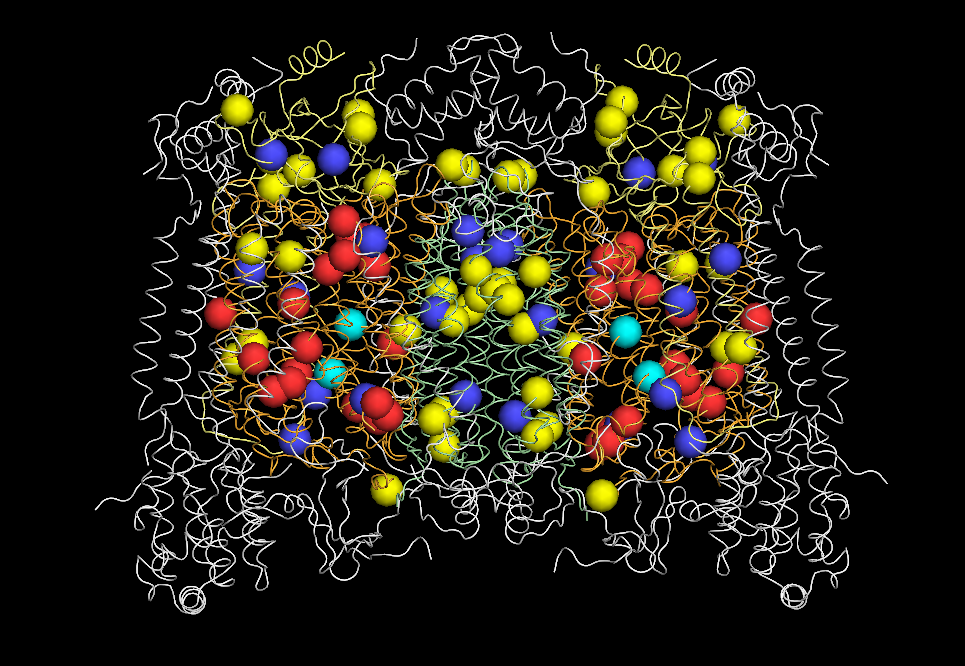
- The rationale for employing 3D structural analysis to predict the functional importance of mutations in mtDNA protein-coding genes.
- The productive combination of genetic, structural and patient data to define four structural classes of mutation as a platform to predict the function of uncharacterised mutations.
- A 3D mutation disease map of key mitochondrial respiratory complexes.
- Nuclear-mitochondrial protein-subunit interactions and incompatibility: identification and significance of an underexplored class of mutation.
- Relevance to new diagnostic and prognostic biomarkers, drugs and targets for gene therapy.
- Novel insight into how some mutations contribute to various pathologies.
- Enhanced predictive power and future applications in brain tumour research.
This work was recently published in the journal PLOS ONE (http://dx.plos.org/10.1371/journal.pone.0069003).
Picture captions
Caption for the image of Dr Lloyd:
Rhiannon Lloyd from the Institute of Biomedical and Biomolecular Sciences, University of Portsmouth, UK. Credit: University of Portsmouth
Caption for the 3D map (static image or animated gif):
The energy-producing complexes of mitochondria are made of multiple, different proteins (coloured ribbons). Shown here is the first, comprehensive 3D map of mitochondrial mutations (coloured spheres) found in Complex IV associated with a wide range of human diseases: neuropathies (yellow), myopathies (blue), cancers (red) and blood disorders (cyan). Credit: John McGeehan
For more information: www.targeting-mitochondria.com








